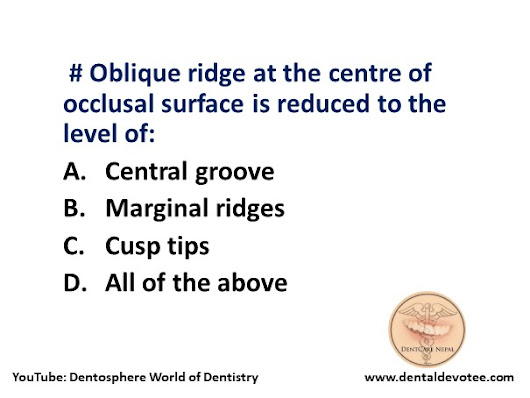# Average vertical length a mandible moves in a chewing cycle is:
A. 3-5 mm
B. 10-12 mm
C. 16-20 mm
D. 50-60 mm
The correct answer is C. 16-20 mm.
Chewing is highly complex oral motor behavior usually seen in the frontal plane in simple form. No archetypal chewing cycle exists. The means of the dimensions of the chewing cycle are between 16 and 20 mm for vertical movements and between 3 and 5 mm for lateral movements. The duration of the cycle varies from 0.6 to 1 second depending on the type of food. The speed of masticatory movement varies within each cycle, both according to the type of food and among individuals. Speed, duration, and form of the chewing cycle vary with the type of occlusion, kind of food, and presence of dysfunction.
Reference: Wheeler's 10th Edition Page 263







